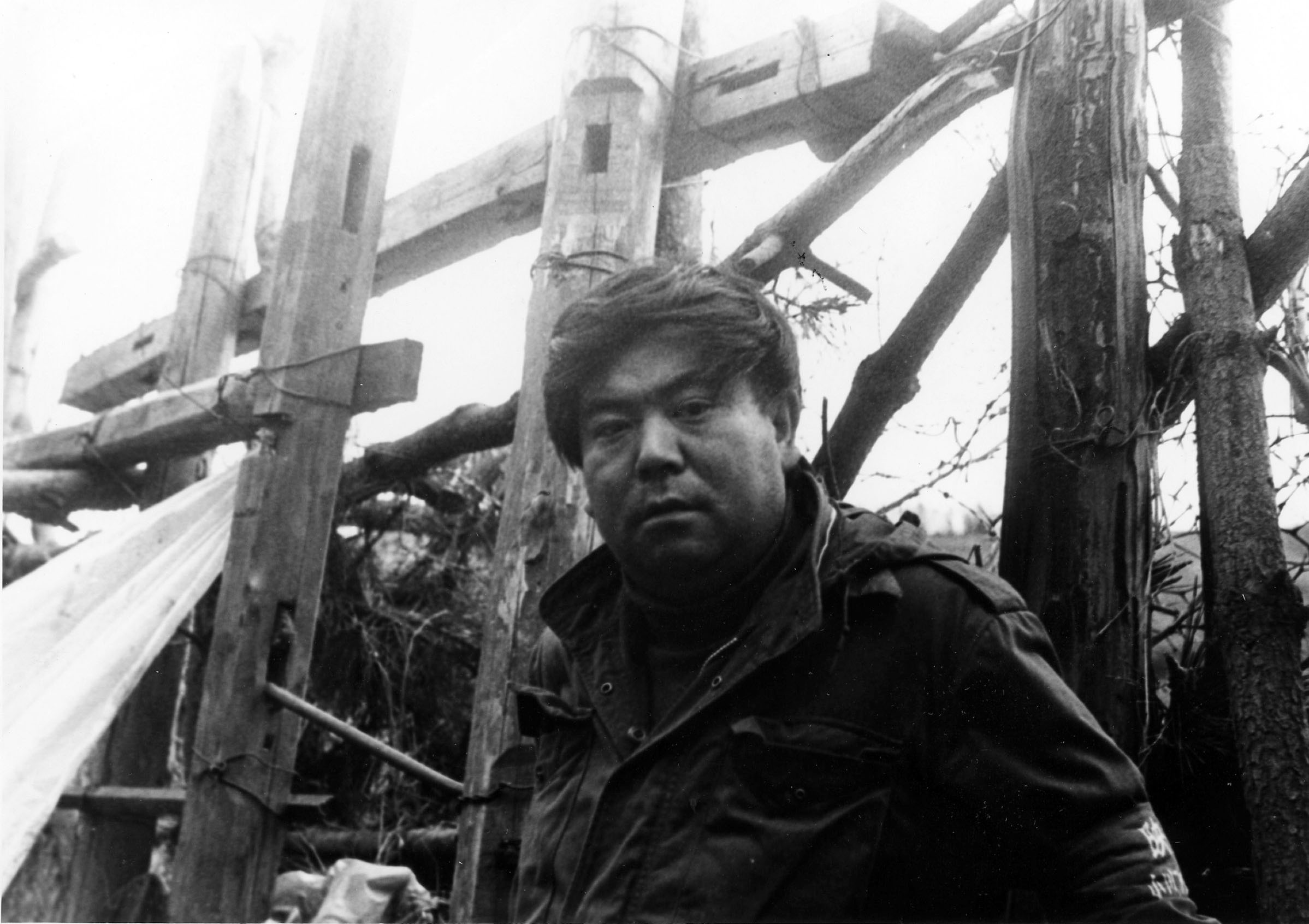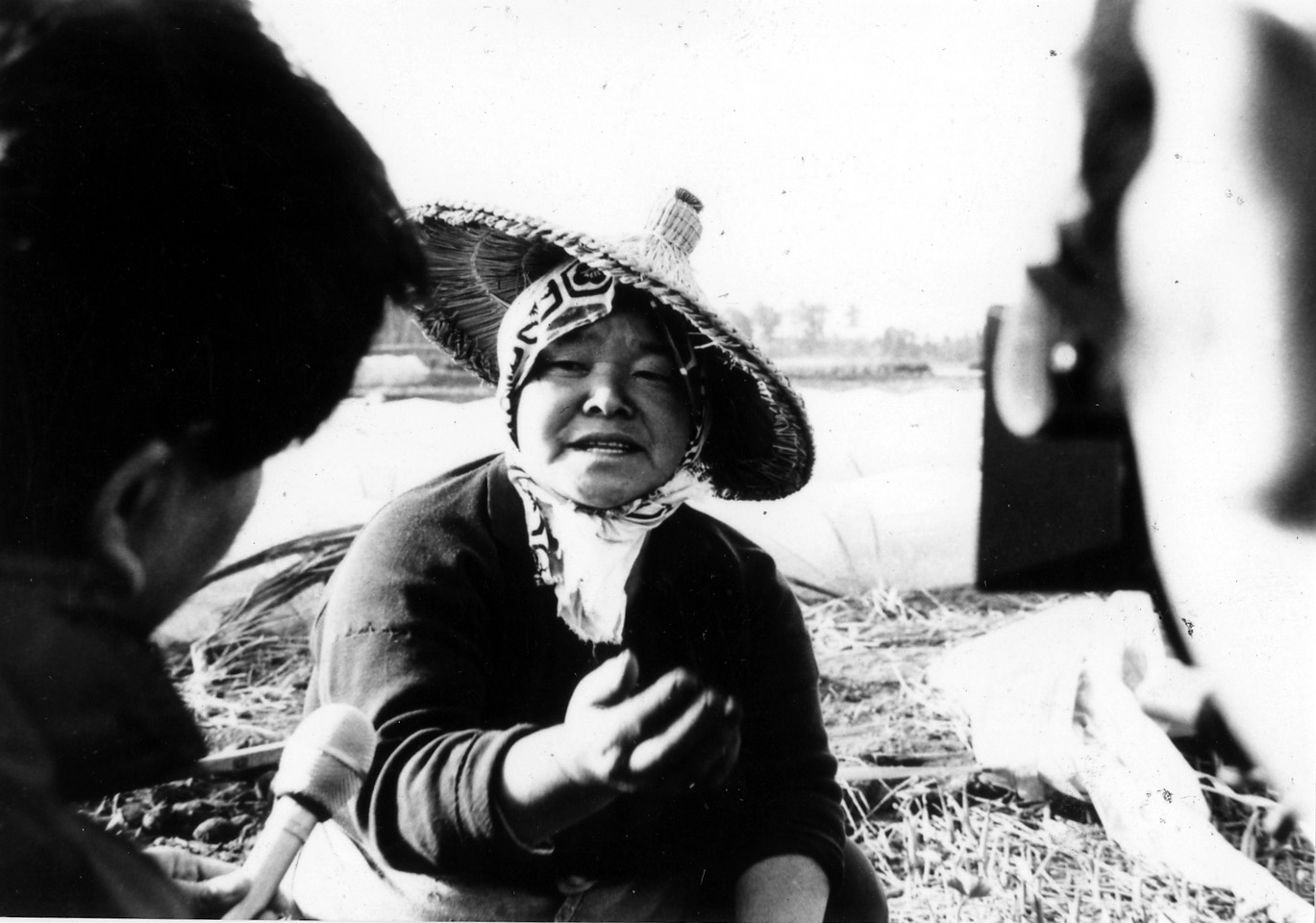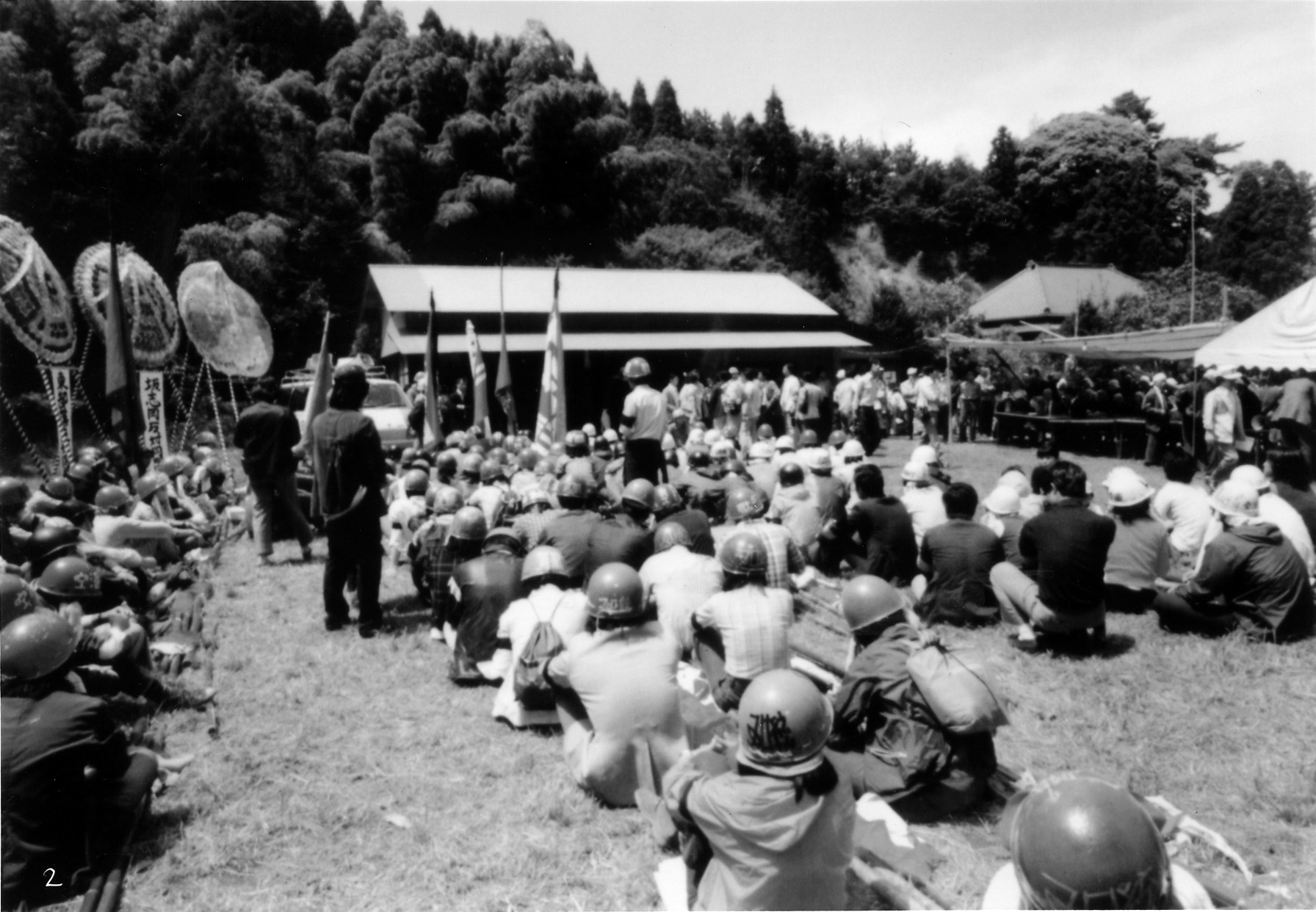Narita: The Sky of May
OGAWA Shinsuke
- Japan
- 1977
- 81min
- 12 +
- DCP
- color
Synopsis
After Sanrizuka: Heta Village. Ogawa production has not made anything connected to Sanrizuka. Instead, they settle down in Yamagata and begin to learn about farming. After four years, director Ogawa and his colleagues capture the Sanrizuka people who returned to Narita for farming. Together with the relationship and meaning they have with the land. Meanwhile, an incident occurs when the pylon, a symbol of struggle, collapses. This is the last piece of work of the Sanrizuka 7 series.
Review
Narita: The Sky of May is another project done by Ogawa Production which moved to Yamagata in 1974 and returned to Sanrizuka after three years. Their original plan was to capture the entire planting, raising, and harvesting of crops by the farmers based on the knowledge they learned in Yamagata. However, the plan was completely revised after the police carried out an operation to destroy the tower in May. From the forced demolition of the iron tower to the funeral of Kaoru Higashiyama, a young man who lost his life from tear gas, Ogawa was no longer able to carry out his original plan. Instead, he decides to capture the series of events that happened. As they were making the film, Ogawa does not just keep a record of what happened but decides to listen to the farmer’s words on the ruined land of Sanrizuka, a land that is no longer able to farm. As the story progresses, he focuses on the history and the relationship between the land and its people. This is the last project of the series Sarizuka 7.
Director
-

OGAWA Shinsuke
Ogawa Shinsuke is one of the most influential Japanese documentarians after the war. His filmmaking collective, OGAWA PRODUCTION, was created in the late 1960s and produced a number of films, such as the NARITA and MAGINO VILLAGE series, which dealt with political conflicts and grassroots culture in Japan. In addition, he played a pivotal role in the establishment of the Yamagata International Documentary Film Festival.

